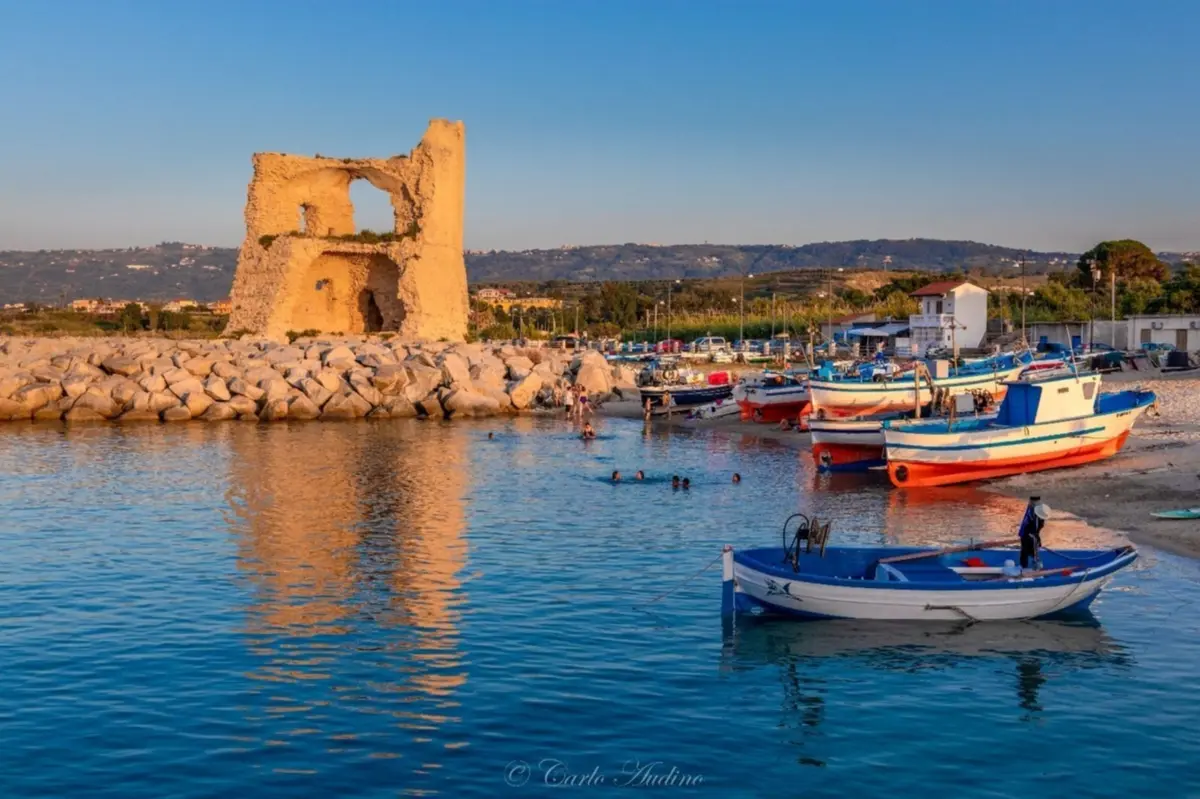The Coast of the Gods

Sea
The Coast of the Gods or Costa Bella is the name with which the southern Tyrrhenian coast was baptized, falling entirely within the province of Vibo Valentia. It is the part of the coast, morphologically varied, delimiting the so-called Horn of Calabria, a stretch approximately 55 km long. Long white beaches succeed jagged rocks with small coves reachable only on foot or by boat. The Coast is called Beautiful "Bella" for its beautiful landscapes and the nearby Aeolian Islands or "the gods" because it evokes imaginary dreams: a crystal clear sea, a seabed rich in wonderful life forms and white beaches can be admired by tourists. For a diver there is nothing more impressive than plunging into an exclusive flora and fauna of extraordinary beauty. To visit. Pizzo Calabro is a bathing and fishing village overlooking the sea in a picturesque and convenient location along the coast of the Gulf of St. Eufemia. It arose in the Upper Middle Ages, according to sources on the site of Napitum, and is known for the castle of Joachim Murat, renowned for homemade ice cream and spaghetti with squid ink. Tropea is one of the most visited places by national and international tourism. It has a marina from which you can reach the nearby Aeolian Islands and in particular the Stromboli volcano, almost always visible from the southern Tyrrhenian coast of Calabria. In July, the festival of blue fish and red onion that has obtained the quality label is held. The promontory of Capo Vaticano is located in front of Stromboli and the Aeolian Islands. It separates the Gulf of St. Euphemia from that of Gioia Tauro and includes the coast from the Bay of Tono to the bay of Santa Maria to the last offshoots of Monte Poro. Since 1870, a lighthouse with a cylindrical tower has been installed on the promontory. The most charming bay is Grotticelle, formed by three adjacent beaches. The Venetian writer Giuseppe Berto, after having travelled for a long time, decided to stop and live in Capo Vaticano because "The stretch of coast that culminates in Capo Vaticano is full of history and beauty. It could be called Costabella with a bit of regret and nostalgia. " Capo Vaticano is also known for the production of red onion, also called the red onion of Tropea, which has a particularly sweet taste, thanks to the substances contained in the ground "only those cultivated in Capo Vaticano are sweet". The tasty bulb is greatly demanded on the national and international markets. The beautiful beaches and the crystal clear waters extremely rich with fish, render Capo Vaticano an obliged destination for divers and Italian and foreign tourists, who are also attracted by the fascinating hinterland that offers local products such as the' Nduja of Spilinga and the Pecorino of Poro.
Useful information
What to know about The Coast of the Gods
Events
There are 1 events scheduled.
Where to Sleep
There are 561 available accommodations.
Places
There are 32 places to visit.
Travel Ideas
There are 24 travel ideas.
Infopoint Tropea
Tropea
No result







